But was this a freak weather incident or are tornadoes common in Australia?
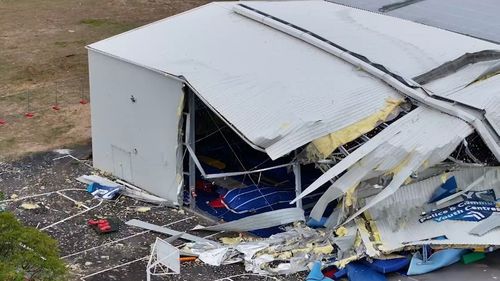
“At this time of year, tornadoes are more common in the southern states and that’s what we saw in Bunbury,” director of meteorology at Weatherzone Duncan Tippins said.
“Tornadoes are more common in the eastern states during summertime.”
Meteorologists believe the country experiences 30 to 80 tornadoes each year, with most occurring in areas of flat land.
They usually occur with severe thunderstorms, mostly supercells.
“Majority of the tornadoes would be in unpopulated areas of Australia,” Tippins said.
“To have an impact in populated areas is rarer, but most of them do get missed and not observed.
“Certainly the larger ones are rarer, only a handful (per year) would be of the strength (of) what we saw at Bunbury.”
Tornadoes are classified much like other natural disasters – according to their impact.
Meteorologists use the Enhanced Fujita scale, which is ranked from 0 (minor damage) to 5 (incredible damage).
“The measure used for tornado strength is called the enhanced Fujita scale and that allows you to assess the strength of a tornado based on the damage that’s been observed,” Tippins said.

Australia has encountered large tornadoes
Since then, there have been some big tornadoes recorded.
In 1970, a significant tornado ripped through the town of Bulahdelah, about 100km from Newcastle.
The tornado was listed as producing incredible damage, according to the Bureau’s database.
In 1992, the rural town of Bucca in Queensland’s Bundaberg region was left in ruins following a category F4 tornado.
There have been smaller events since, with at least 20 people being hospitalised when two tornadoes formed in Victoria’s north-east in 2013.
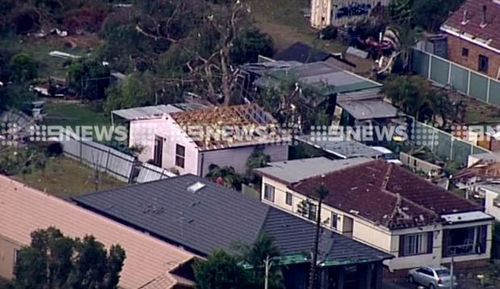
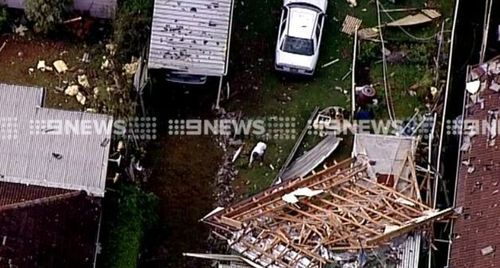
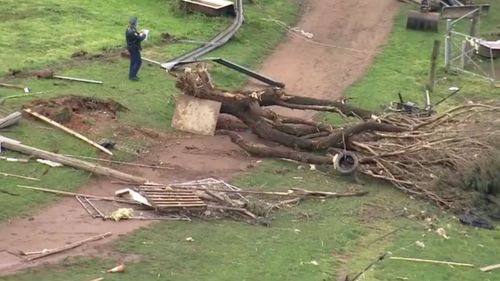
Trucks were overturned, trees uprooted and the roof of Bondi Junction’s Westfield shopping centre even partially collapsed, according to the reports at the time.
The tornado was ranked F2, being in the mid-range of the scale.
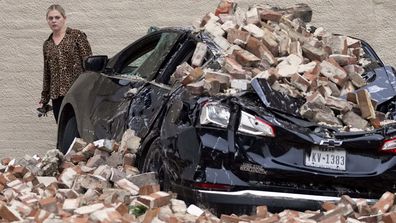
Storms flip cars, kill at least four in Texas
Can you give early warnings for tornadoes?
A Bureau spokesperson said tornadoes can be difficult to detect and provide early warning for, as they are short-lived small-scale systems.
“The Bureau issues severe thunderstorm warnings for damaging and destructive winds, but specific mention of tornadoes within those warnings only occurs when signs consistent with tornadoes occurring are visible on radar or if direct, real-time and verified observations are received,” the spokesperson told 9news.com.au.
“The Bureau uses sophisticated satellite and radar imagery to detect and monitor severe thunderstorms, and warnings are frequently updated based on these sources of information.
“Due to their localised nature, tornadoes need to occur sufficiently close to a radar to be detected by radar.”
The spokesperson said it’s not currently possible to draw any consensus on whether tornadoes are becoming more or less common in Australia.





